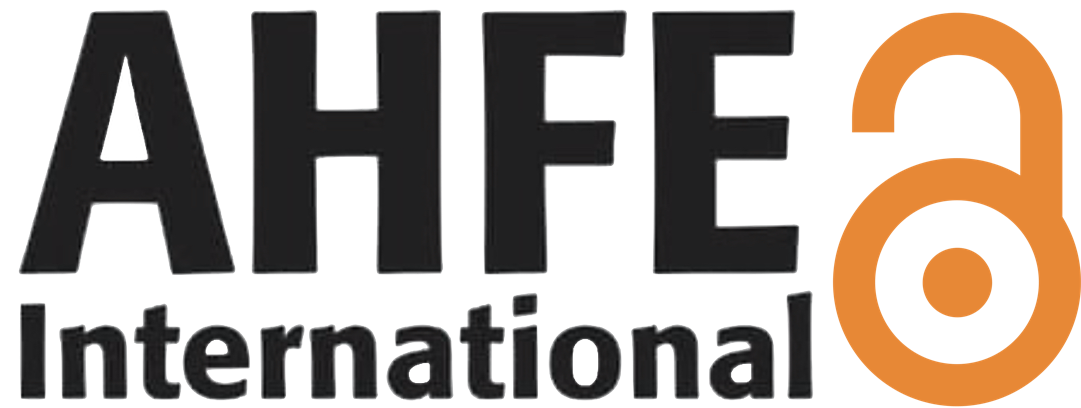Disaster Situation Understanding and Management by Using Common Ontology and Semantics
Open Access
Article
Conference Proceedings
Authors: Vesa Salminen, Matti Pyykkönen, Ari Saarinen
Abstract: This research examines the creation of common ontology and semantics aspects during nature disaster identification and management. The common ontological definition is important for various stakeholders and expert groups to understand disaster during its different stages for controlling and managing salvation and recovery. During this study has been used as case study environment, the MobiJOPA™ system created recently by the Start-up company Husqtec Corp., which is concentrating on situation and operational management. As the use case has been selected water flow disaster, which is quite common type of disaster because of the influence of climate change. During the research has been answered to the following research questions: - How is the common ontology and related semantics formed on the use case of water flow disaster? - How is human-based understanding and management of situation analysis, resource control, and operation command organized according to the common ontology and related semantics? - How could generative AI and AI Agent- technology be used in a common semantic infrastructure? This article introduces the problematics of common ontology to be configurable according to the variety of local, regional, and geographical stakeholders and experts based on characteristics of demographic population, nationality, culture, organization structure, weather conditions, and the diversity of nature and infrastructure. The study highlights the critical role of user-centered design, AI-driven decision support, and team cohesion in fostering effective emergency response. A case study prioritizes user-centred design to address the needs of diverse user groups, ensuring inclusivity and accessibility in disaster scenarios. Advanced technology integration by using Generative AI and AI Agent technologies improves decision-making and teamwork during crises. The study also introduces the need of cohesion within the team, managing the disaster situation and decision making. Modular and customizable features enhance the system's adaptability and user experience of various experts and groups involved.
Keywords: Water Flow Disaster, Situation and Resource Management, Common Ontology and Semantics, GenAI and AI Agents, Team Cohesion
DOI: 10.54941/ahfe1006756
Cite this paper:
Downloads
170
Visits
925


 AHFE Open Access
AHFE Open Access